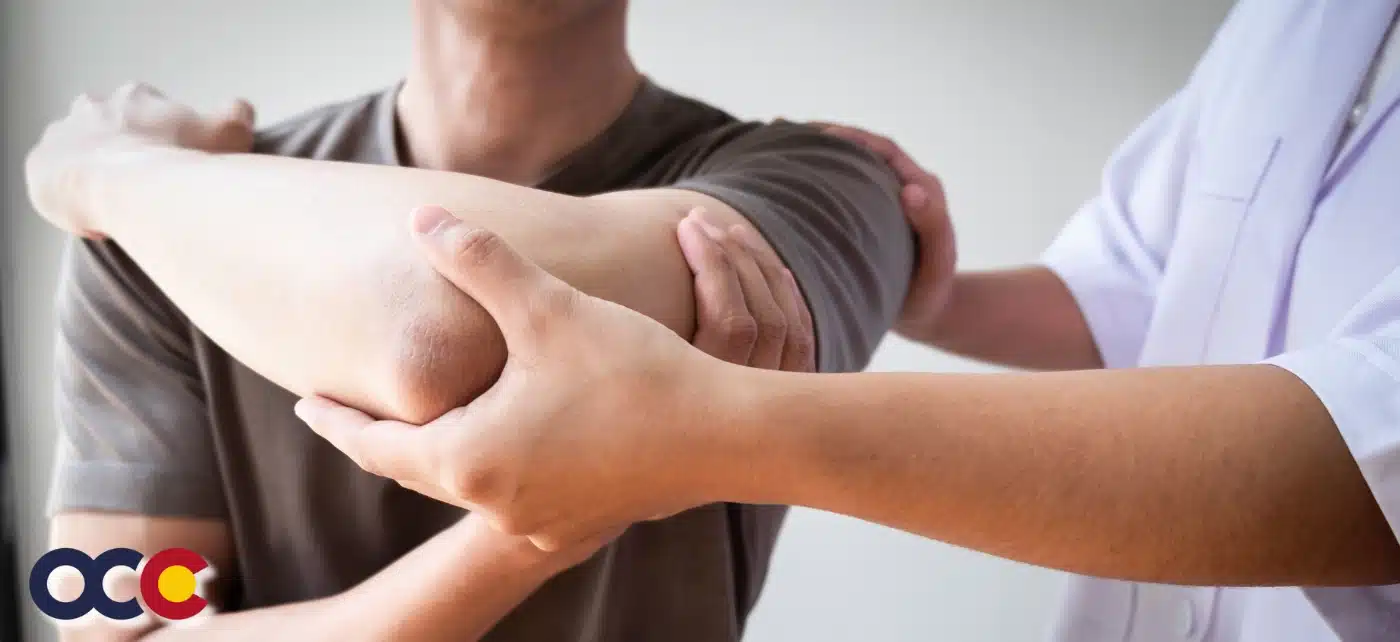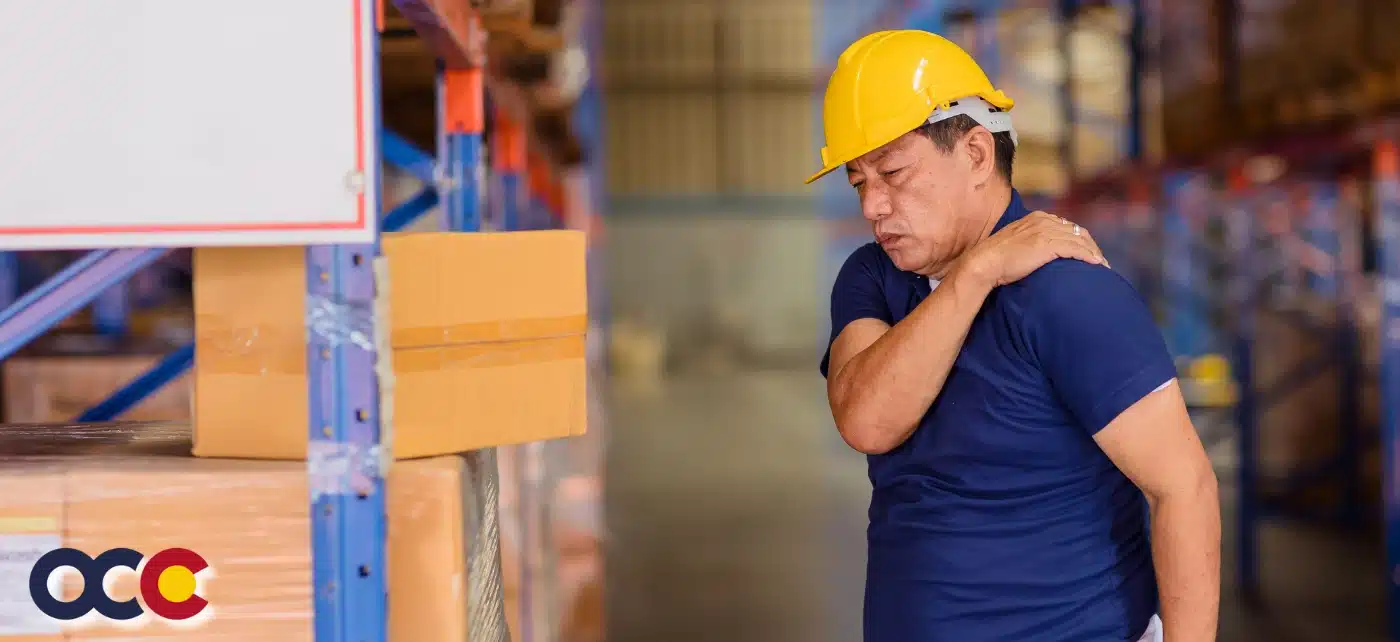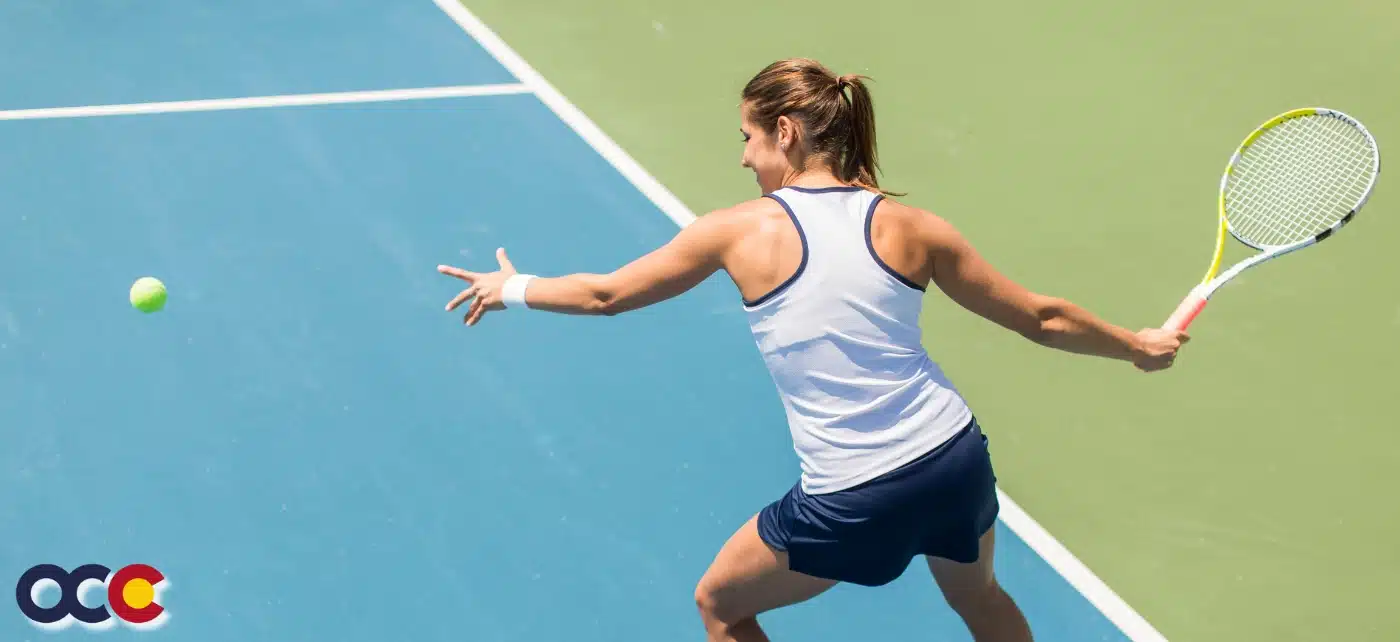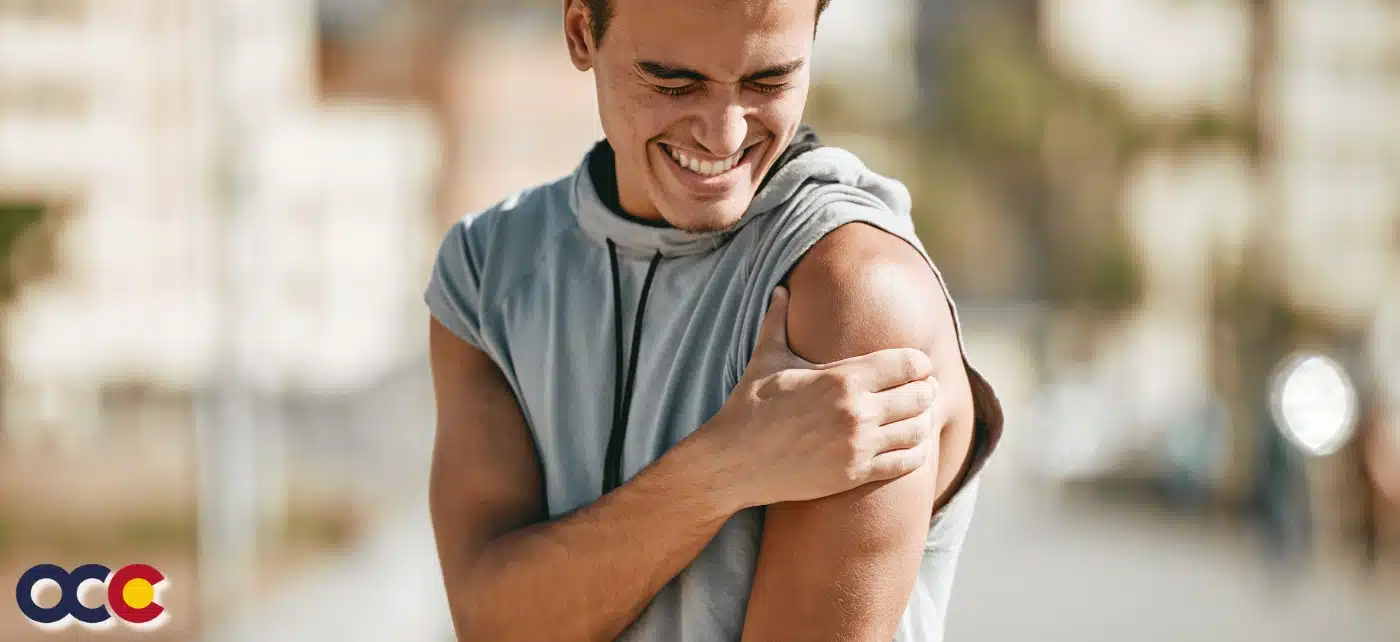If left untreated, a glenoid labrum tear can lead to chronic pain, recurrent shoulder instability, and weakness. This can limit how much one can use the arm and shoulder and lead to more serious shoulder problems. Fortunately, if you suspect you have a glenoid labrum tear in the shoulder, the orthopedic surgeons at the Colorado Center of Orthopedic Excellence in Colorado Springs, Colorado, can help. As orthopedic specialists in the diagnosis and treatment of glenoid labrum tears, they can recommend different options before recommending surgery. And if surgery is needed, rest assured their skilled orthopedic team is widely known for their expertise.
OVERVIEW
A glenoid labrum tear is a tear of the labrum, a thick band of cartilage that lines the rim of the glenoid, which is commonly called the shoulder socket. At any point in time, 25% of adults will deal with shoulder pain due to injury or overuse. SLAP tears, also known as labrum tears, represent 4% to 8% of all shoulder injuries. The L in SLAP refers to the glenoid labrum. Glenoid labrum tears are hard to prevent, especially in athletes, because the force of overhead motion contributes to the injury. Although athletes are most prone to glenoid labrum tears, people who experience a traumatic event—such as falling down a flight of stairs—are also at risk. This is especially the case in adults over 40 years of age because cartilage becomes more brittle with age.
ABOUT THE SHOULDER LABRUM
The shoulder joint is made up of the shoulder blade (scapula), the collarbone (clavicle), and the upper arm bone (humerus). The head of the humerus rests in a socket in the shoulder blade called the glenoid. The head of the humerus is much larger than the socket, which is where the labrum comes in. The labrum is a thick, rubbery type of cartilage that surrounds and attaches to the socket, essentially forming a bumper that deepens the socket by up to 50% so that the head of the humerus fits better, helping to keep the ball in place. The second function of the labrum is as an attachment of other structures or tissues around the joint. For example, the ligaments that help hold the joint together attach to the labrum in certain key locations. If there is an injury to the shoulder that tears the ligaments, sometimes the labrum is pulled off of the rim of the bone as well.
WHAT IS A GLENOID LABRUM TEAR?
A glenoid labrum tear, also known as a shoulder joint tear, is when the cartilage that lines and reinforces the shoulder joint, the glenoid labrum, is torn. Tears can be located either above (superior) or below (inferior) the middle of the glenoid socket. The two most common types of labral injuries are the SLAP tear and Bankart tear, and it is easy to confuse these.
- SLAP tears: SLAP stands for “superior labrum from anterior to posterior.” This type of tear occurs at the front of the upper arm where the biceps tendon connects to the shoulder. Athletes most prone to this injury include baseball pitchers and volleyball players who engage in high-energy, quick-snap motions over the top of the shoulder. SLAP tears have been classified according to their severity of tear. The common types are types 1 to 4. There are other types, but these are rare. Type 2 is the most common type of SLAP tear. The superior labrum is completely torn off the glenoid, due to an injury (often a shoulder dislocation). This type leaves a gap between the articular cartilage and the labral attachment to the bone.
- Bankart tears: Bankart tears typically occur in younger patients who have dislocated their shoulder. When the shoulder joint ball slips out of the socket, the joint capsule can pull on the lower portion of the labrum and tear it. This in turn creates instability because the breached labrum makes it easier for the shoulder to dislocate again.
Read more about a Glenoid Labrum Tear on our new Orthopedic News Site – Colorado Orthopedic News. Schedule an appointment with a shoulder specialist today.
















